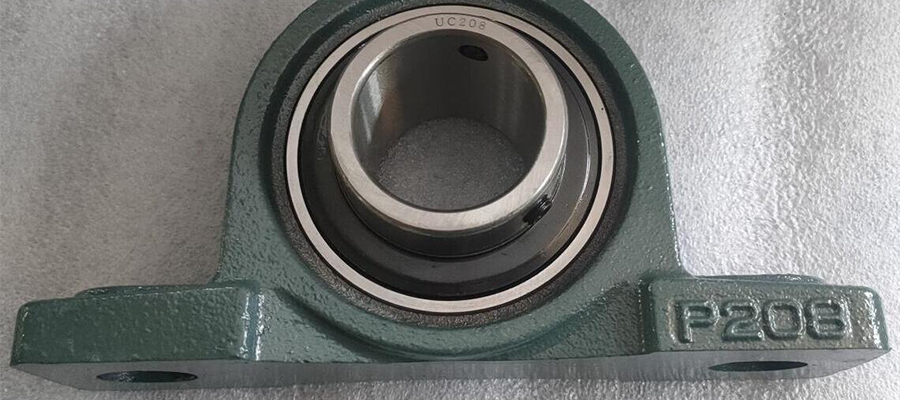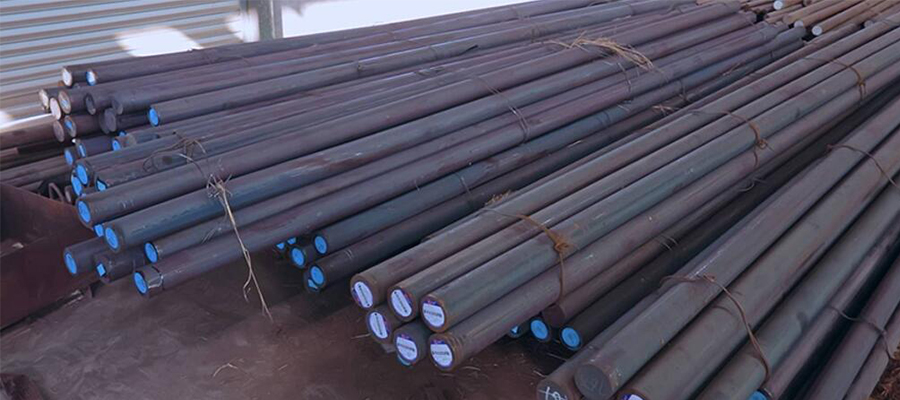Newsroom
What factors affect the performance of bearing unit?
2024-07-11Bearing unit, as one of the many types of bearings, are widely used in various applications. Whether their performance remains consistently good is closely related to the usage environment. Today, let's look at the factors that affect the performance of bearing units.

• Design and Manufacturing Factors
1. Material Selection: The choice of materials for the bearing units itself greatly affects performance. High-quality materials can provide better strength, wear resistance, and fatigue resistance.
2. Manufacturing Precision: High-precision manufacturing processes can ensure that the dimensions and geometric tolerances of the bearing units are within standard ranges, reducing vibration and noise, and improving operational stability.
3. Heat Treatment Process: Proper heat treatment processes can enhance the hardness and toughness of bearing materials, extending the bearing's lifespan.

• Installation and Alignment
1. Installation Quality: Correct installation methods and tools can prevent damage to the bearing during installation. Incorrect installation can lead to bearing deformation or improper preload, affecting performance.
2. Alignment Precision: The alignment precision between the bearing and the shaft is crucial for operational performance. Poor alignment can cause uneven loads, increasing wear and heat.
• Lubrication Conditions
1. Lubricant Selection: Choosing the right grease or oil can effectively reduce friction and wear, extending the bearing's lifespan. Different operating conditions require different types of lubricants.
2. Lubricant Amount and Frequency: Insufficient or excessive lubrication can affect bearing performance. Regular maintenance and appropriate lubrication are essential to ensure normal bearing operation.
3. Lubricant Contamination: Contaminants in the lubricant can accelerate bearing wear. Regularly changing and checking the lubricant can prevent contamination issues.
• Operating Environment
1. Temperature: High or low temperatures can affect the material properties and lubrication of the bearing. Suitable operating temperatures ensure normal bearing function.
2. Humidity and Corrosion: Humid and corrosive environments can accelerate bearing wear and damage. Choosing corrosion-resistant materials and seal designs can enhance the bearing's resistance to corrosion.
3. Dust and Contaminants: External dust and contaminants entering the bearing can affect its operation and increase wear. Good seal designs can effectively prevent contaminants from entering.
• Load Conditions
1. Radial and Axial Loads: Bearing design must consider actual load conditions. Overloading or uneven loads can accelerate bearing fatigue and wear.
2. Shock Loads: Frequent shock loads can damage the bearing. Selecting bearings with high shock load capacity can improve their lifespan.
• Operating Speed
1. Speed: High speeds increase bearing friction and heat, requiring bearings and lubricants suitable for high-speed conditions.
2. Start and Stop Frequency: Frequent starts and stops impose significant stress on the bearing, affecting its lifespan and performance.
• Vibration and Noise
1. Vibration Levels: High vibration accelerates bearing fatigue and wear. Ensuring proper installation and alignment precision, and choosing low-vibration bearing designs are essential.
2. Noise Levels: Excessive noise may indicate internal defects or poor lubrication. Timely inspection and maintenance are necessary.
By comprehensively considering these factors, the performance of bearing units can be effectively enhanced, ensuring stable and reliable operation under various conditions.For more information, feel free to contact QIBR


